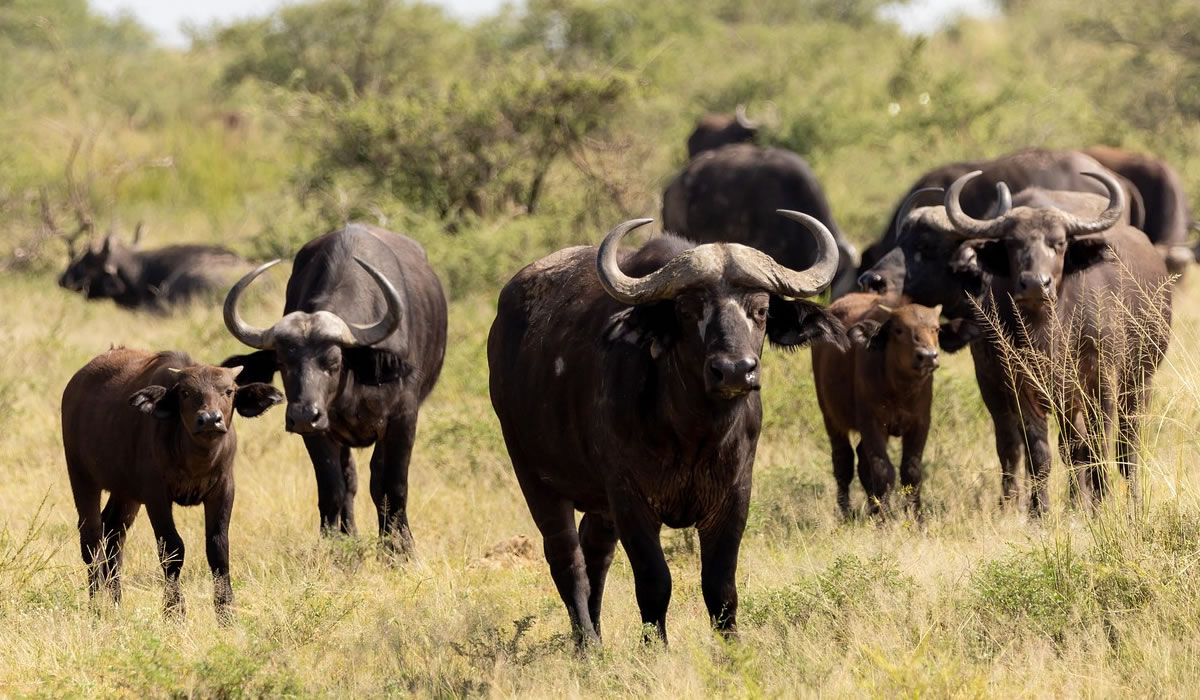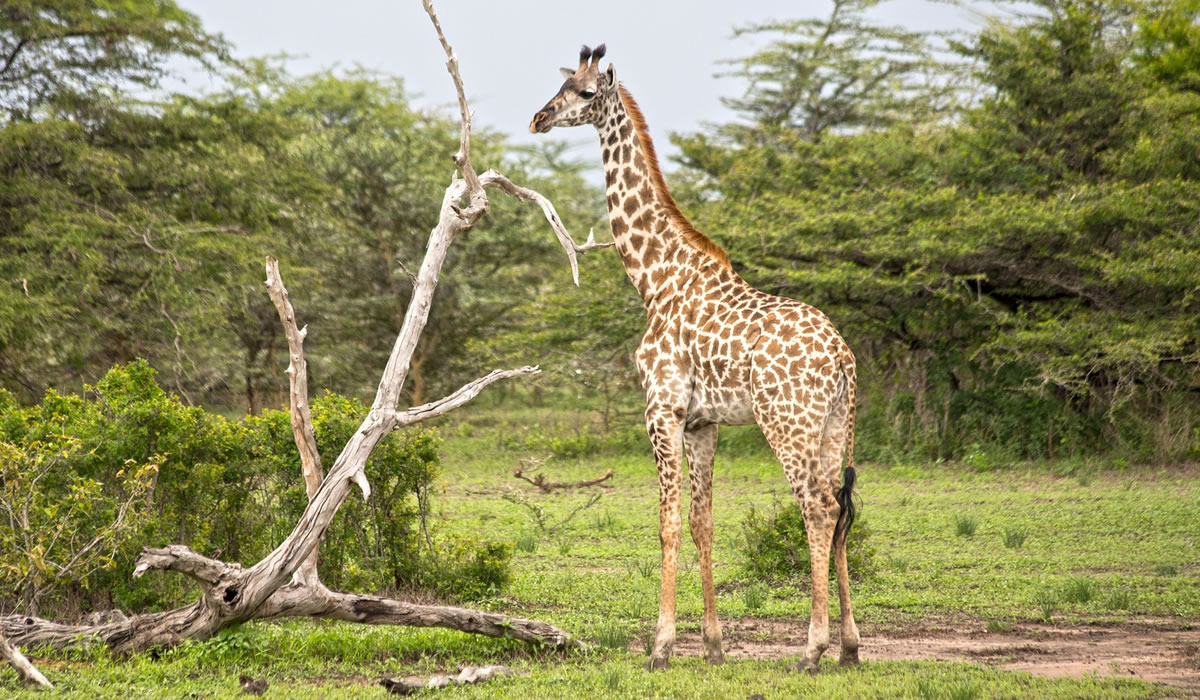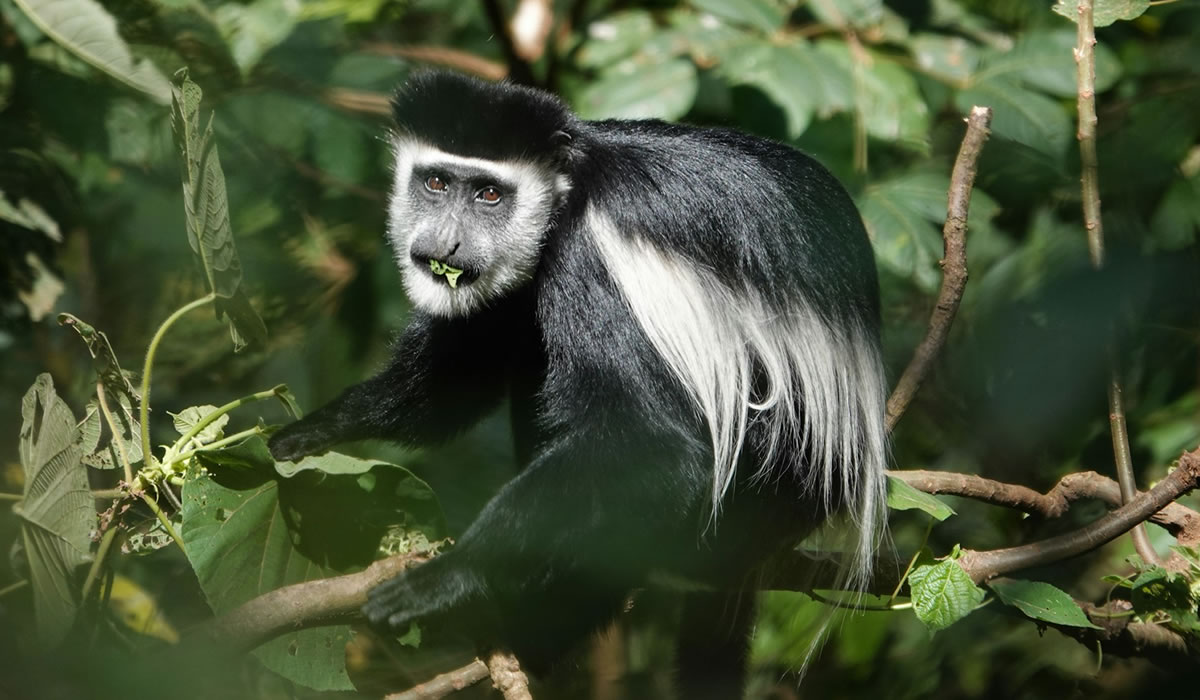Arusha National Park, though one of Tanzania’s smaller national parks, is a richly diverse and visually stunning gem located in the northeastern part of the country. Covering just 137 square kilometers, this park is a microcosm of Tanzania’s broader ecological beauty and offers an accessible yet rewarding safari experience. Nestled at the base of Mount Meru and near the bustling city of Arusha, Arusha National Park is the perfect introduction to the natural wonders of northern Tanzania. It is often used as a starting point for safari adventures to Serengeti, Ngorongoro Crater, and Tarangire, but it also stands out as a worthwhile destination on its own.
With its unique blend of landscapes including alpine forests, volcanic craters, savannahs, swamps, and the Momella Lakes, Arusha National Park offers an impressive diversity of flora and fauna. It is an ideal destination for wildlife viewing, birdwatching, hiking, canoeing, and cultural experiences.

Location and Accessibility
Arusha National Park is located just 25 kilometers northeast of Arusha City, making it the closest national park to a major urban center in Tanzania. Its convenient location near Kilimanjaro International Airport (about 60 kilometers away) makes it an excellent stop for travelers arriving or departing from northern Tanzania.
The park is part of the Arusha Region and is nestled between Mount Meru and the Kenyan border. Despite its proximity to major transit hubs, Arusha National Park remains relatively uncrowded compared to other northern circuit parks, providing a peaceful and intimate safari experience.
Landscapes and Ecosystems
Arusha National Park boasts an incredible variety of landscapes within a compact area. The park is divided into three distinct areas, each offering its own scenic and ecological appeal.
Mount Meru
Towering at 4,566 meters, Mount Meru is the second-highest mountain in Tanzania and dominates the western section of the park. This dormant stratovolcano is often overshadowed by nearby Mount Kilimanjaro, but it offers equally breathtaking views and a more challenging climb. The slopes of Mount Meru are covered in lush montane forests and home to numerous wildlife species.
Ngurdoto Crater
Often referred to as a “mini Ngorongoro,” the Ngurdoto Crater is a steep-walled volcanic caldera filled with swampy grasslands and surrounded by dense forest. It measures about 3 kilometers in diameter and provides excellent game viewing. While visitors are not allowed to enter the crater itself, several lookout points on the rim offer panoramic views.
Momella Lakes
Located in the northeastern part of the park, the Momella Lakes are a series of seven shallow alkaline lakes formed by volcanic activity. Each lake has a unique color due to varying mineral compositions and algae. These lakes attract a wide variety of waterbirds and are ideal for birdwatching and canoeing.
Wildlife in Arusha National Park

Despite its small size, Arusha National Park supports a diverse array of wildlife. While it lacks some of the “Big Five” species commonly found in larger parks like Serengeti or Ngorongoro, it offers a high density of other animals in a beautifully scenic setting.
Mammals
Visitors to Arusha National Park can expect to see giraffes, zebras, warthogs, bushbucks, waterbucks, and various species of monkeys. The park is particularly famous for its large population of black-and-white colobus monkeys, often seen leaping between the trees in the montane forest.
Buffaloes, hippos, and dik-diks are also commonly spotted, especially around the Momella Lakes. While lions and elephants are not typically present, leopards and hyenas do roam the park but are rarely seen.
Birdlife
Arusha National Park is a top birdwatching destination in Tanzania, with more than 400 bird species recorded. The Momella Lakes host waterbirds such as flamingos, Egyptian geese, herons, storks, and African fish eagles. The forests and woodlands are home to turacos, trogons, hornbills, bee-eaters, and numerous migratory species. Birdwatchers visiting during the wet season (November to April) will find the park especially vibrant.
Safari Activities in Arusha National Park
Arusha National Park offers a wide range of activities that are not always possible in other national parks in Tanzania. These experiences provide a more interactive and adventurous approach to wildlife exploration.
Game Drives
Traditional game drives are available throughout the park, offering excellent opportunities to see animals in varied habitats. Drives typically cover the Ngurdoto Crater rim, Momella Lakes, and open savannahs, with stops at scenic viewpoints.
Walking Safaris
Arusha is one of the few parks in Tanzania where walking safaris are permitted. Accompanied by an armed ranger, visitors can explore the park on foot and experience the sights, sounds, and smells of the bush up close. Walking safaris often take place around Mount Meru’s foothills, the Meru Waterfall, and the forested trails near Ngurdoto Crater.
Mount Meru Trekking
Climbing Mount Meru is a major attraction for adventure seekers. The trek typically takes 3 to 4 days and offers a scenic and less crowded alternative to Mount Kilimanjaro. Along the way, trekkers pass through several vegetation zones, encounter wildlife, and enjoy panoramic views of both Mount Kilimanjaro and the surrounding plains.
Canoeing Safaris
Canoeing on the Momella Lakes is a unique activity rarely offered in other Tanzanian parks. Guided canoe tours allow visitors to get close to hippos, waterbirds, and shoreline wildlife in a tranquil setting.
Photography and Nature Watching
The diverse habitats, dramatic landscapes, and abundant wildlife make Arusha National Park a fantastic destination for photographers. The changing light over Mount Meru and the reflections on the lakes offer stunning photo opportunities.

Best Time to Visit Arusha National Park
Arusha National Park can be visited year-round, but the best time for wildlife viewing and outdoor activities is during the dry season, from June to October. During these months, trails are dry, wildlife is easier to spot, and the weather is generally pleasant.
The green season, from November to May, transforms the park into a lush and verdant landscape. This is an excellent time for birdwatching, photography, and enjoying the waterfalls and forest scenery. However, some trails may be muddy and more difficult to navigate.
Mount Meru trekking is best attempted in the dry season, when the trails are safer and visibility is clearer.
Conservation and Community Engagement
Arusha National Park is managed by the Tanzania National Parks Authority (TANAPA), which oversees conservation efforts, anti-poaching measures, and visitor management. The park plays an essential role in protecting Mount Meru’s ecosystems and the watersheds that feed the surrounding region.
Community engagement is a growing focus, with programs aimed at involving local residents in tourism benefits, conservation education, and cultural heritage promotion. Visitors are encouraged to support sustainable tourism practices and local crafts and services.
Why Visit Arusha National Park?
Arusha National Park offers an extraordinary variety of experiences in a compact and accessible location. From walking safaris and canoeing to birdwatching and climbing Mount Meru, it provides unique adventures not found in other Tanzanian parks. Its proximity to Arusha city makes it an ideal day trip or an acclimatisation destination before tackling Mount Kilimanjaro or exploring the Serengeti.
While it may lack the iconic predators of larger parks, Arusha’s beauty lies in its serene landscapes, abundant birdlife, and the opportunity to explore nature on foot and by boat. Whether you are a first-time visitor or a seasoned safari traveller, Arusha National Park is a must-see destination that perfectly complements any northern Tanzania safari.

